Cinnamon is made from the inner bark of trees belonging to the Cinnamomum genus. When harvested, this thin inner bark layer is removed from the outer bark, then naturally dries and curls into the characteristic quills (sticks) we recognize. Chemically, cinnamon's primary component is cinnamaldehyde (60-90%), which gives it its distinctive flavor and aroma, along with secondary compounds including eugenol, linalool, and cinnamic acid. This precise botanical and chemical composition explains why cinnamon has been valued for millennia across culinary, medicinal, and cultural applications.
Table of Contents
- What Is Cinnamon Made Of: The Botanical Explanation
- Types of Cinnamon: Composition Differences
- Chemical Composition Breakdown
- Scientifically-Backed Health Properties
- Culinary Applications Based on Composition
- Historical Production Evolution
- Frequently Asked Questions
- Conclusion
What Is Cinnamon Made Of: The Botanical Explanation
Cinnamon originates from the inner bark (specifically the phloem layer) of Cinnamomum trees, primarily C. verum (Ceylon cinnamon) and C. cassia. The harvesting process involves making parallel incisions in the outer bark of two-year-old shoots, then carefully removing the outer bark to expose the inner bark layer. This thin, soft inner bark is scraped off, placed inside the outer bark tube, and as it dries, it naturally curls into the familiar quill shape due to differential drying rates between inner and outer layers.
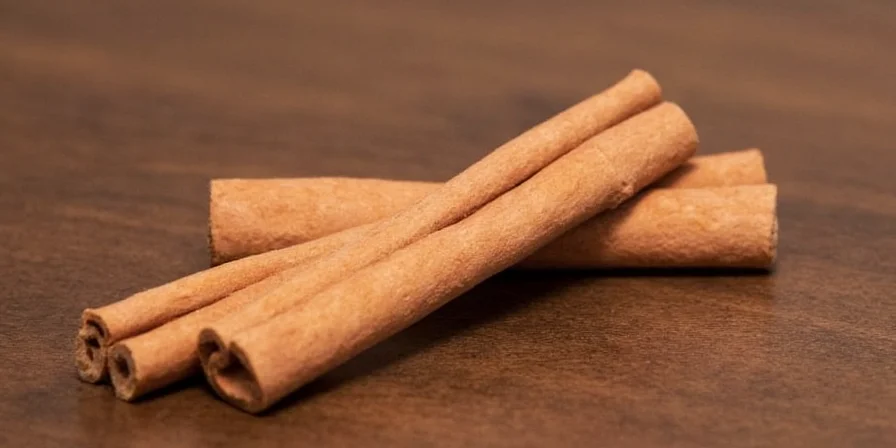
The quality and composition of cinnamon varies based on the tree species, growing region, and harvesting techniques. Sri Lankan Ceylon cinnamon typically contains more delicate compounds while Chinese Cassia has higher concentrations of bold-flavored components. This botanical origin explains why pure cinnamon never contains additives - what you're purchasing is simply processed tree bark.
Types of Cinnamon: Composition Differences
Different cinnamon varieties have distinct chemical profiles that affect flavor, aroma, and safety considerations:
| Type | Primary Source | Key Chemical Composition | Coumarin Content (mg/kg) |
|---|---|---|---|
| Ceylon Cinnamon (C. verum) | Sri Lanka | 60-75% cinnamaldehyde, higher linalool (3-5%) | 48-104 |
| Cassia Cinnamon (C. cassia) | China, Indonesia, Vietnam | 75-95% cinnamaldehyde, lower linalool (1-2%) | 2,600-12,180 |
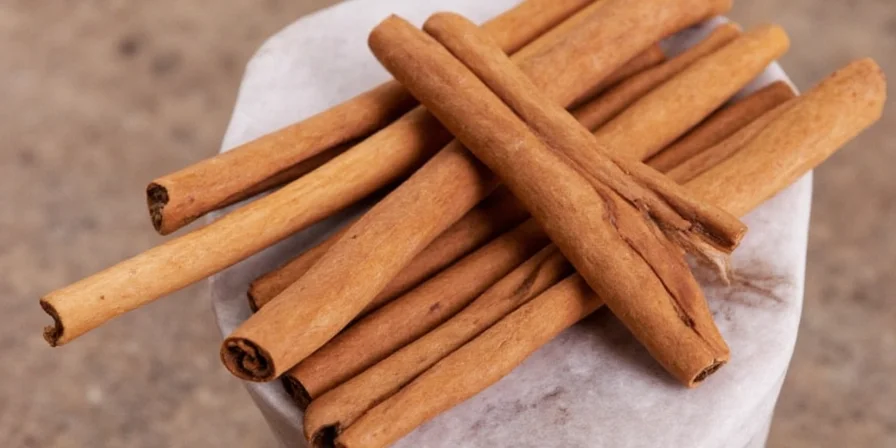
Approximately 90% of cinnamon sold in North American and European supermarkets is Cassia due to its lower production cost, despite Ceylon being the variety historically referenced as "true cinnamon." The significant difference in coumarin content (a naturally occurring compound) makes Ceylon preferable for regular consumption, particularly for individuals with liver concerns.
Chemical Composition Breakdown
The distinctive properties of cinnamon derive from its specific chemical profile:
- Cinnamaldehyde (60-95%): The primary compound responsible for cinnamon's characteristic flavor and aroma. It constitutes 60-75% in Ceylon and 75-95% in Cassia varieties. This compound also demonstrates antimicrobial properties validated in multiple scientific studies.
- Eugenol (5-10%): More prevalent in Cassia varieties, contributing to its spicier, more intense profile. This compound provides the warming sensation associated with cinnamon.
- Linalool (1-5%): Higher concentrations in Ceylon cinnamon (3-5% vs 1-2% in Cassia), contributing floral notes and making it more versatile in delicate applications.
- Coumarin: Naturally occurring compound present in much higher concentrations in Cassia (2,600-12,180 mg/kg) than Ceylon (48-104 mg/kg). The European Food Safety Authority recommends maximum daily intake of 0.1 mg per kg of body weight.
- Cinnamic Acid & Esters: Contribute to the complex flavor profile, particularly in aged cinnamon products.
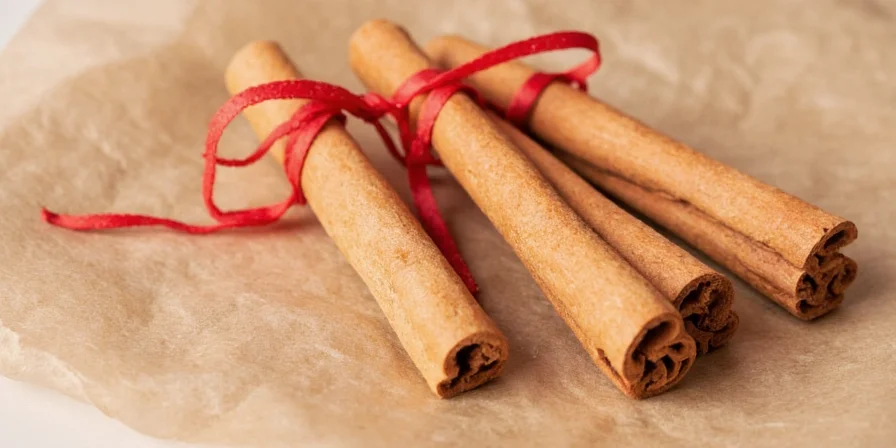
These chemical variations explain why Ceylon cinnamon (with its higher linalool content) works better in delicate applications like custards and light desserts, while Cassia's bold cinnamaldehyde profile makes it suitable for robust applications like chai and spice cakes. The terpene profile is directly influenced by growing conditions, creating subtle regional variations similar to wine terroir.
Scientifically-Backed Health Properties
Research indicates several potential health benefits associated with cinnamon's chemical composition, with important caveats:
- Metabolic Effects: A 2013 meta-analysis published in the Annals of Family Medicine found that cinnamon supplementation (1-6g daily) showed modest improvements in fasting glucose levels (decrease of 24.59 mg/dL), but effects varied significantly by cinnamon type and study methodology. These effects appear more pronounced with Ceylon cinnamon.
- Antioxidant Capacity: ORAC (Oxygen Radical Absorbance Capacity) testing shows cinnamon ranks among the highest antioxidant spices, with values around 267,536 μmol TE/100g, significantly higher than garlic (102,000) and oregano (200,240).
- Antimicrobial Properties: Cinnamaldehyde demonstrates inhibitory effects against common foodborne pathogens including E. coli and S. aureus at concentrations as low as 0.1-0.5%.
- Anti-Inflammatory Effects: Cell culture studies indicate cinnamaldehyde may inhibit NF-kB pathway activation, though human clinical evidence remains limited.
Contextual Limitations of Health Benefits
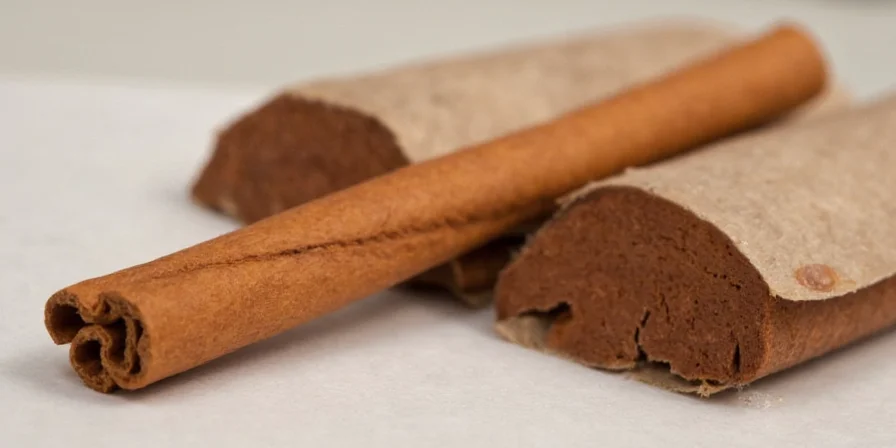
Important considerations: Cassia cinnamon's high coumarin content necessitates consumption limits (approximately 1 teaspoon maximum daily for adults). The National Center for Biotechnology Information states: "Cinnamon should not be considered a treatment for any medical condition, but may serve as a complementary dietary component." Consult healthcare providers before using cinnamon for specific health purposes.
Culinary Applications Based on Composition
Understanding cinnamon's chemical makeup informs optimal culinary usage:
- Temperature Sensitivity: Cinnamaldehyde begins evaporating at 243°F (117°C), so add ground cinnamon late in cooking processes to preserve flavor. Whole sticks can be added earlier as they release compounds more gradually.
- Acid Interactions: Cinnamon's flavor compounds bind with proteins and interact with acids. In baking, pair with acidic ingredients like buttermilk or citrus to enhance flavor release.
- Fat Solubility: Cinnamaldehyde is fat-soluble, so incorporating cinnamon into fat-based preparations (like infused oils or butter) maximizes flavor extraction.
- Complementary Pairings: The aldehydes in cinnamon complement vanillin compounds (vanilla), while its warm notes balance capsaicin (chili) effectively - explaining classic combinations like Mexican hot chocolate.
- Type Selection Guide: Use Ceylon for delicate applications (custards, light desserts, beverages) where subtle floral notes matter. Choose Cassia for robust applications (spice cakes, mulled wine, curry blends) where bold flavor is desired.
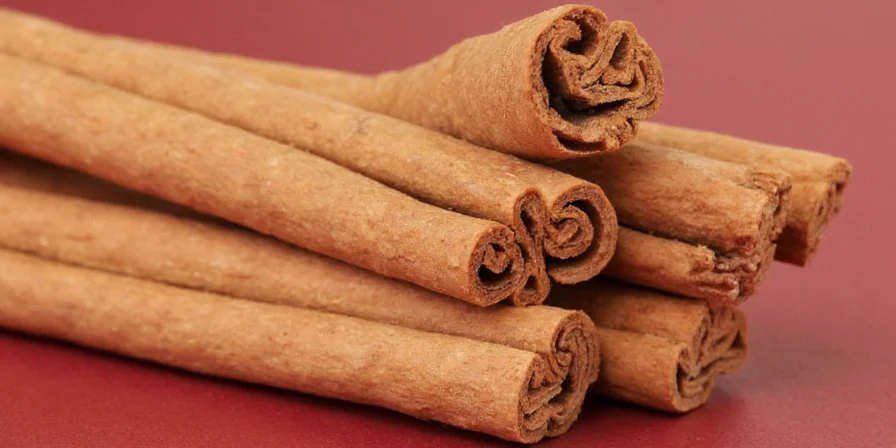
Historical Production Evolution
Global Cinnamon Trade Timeline
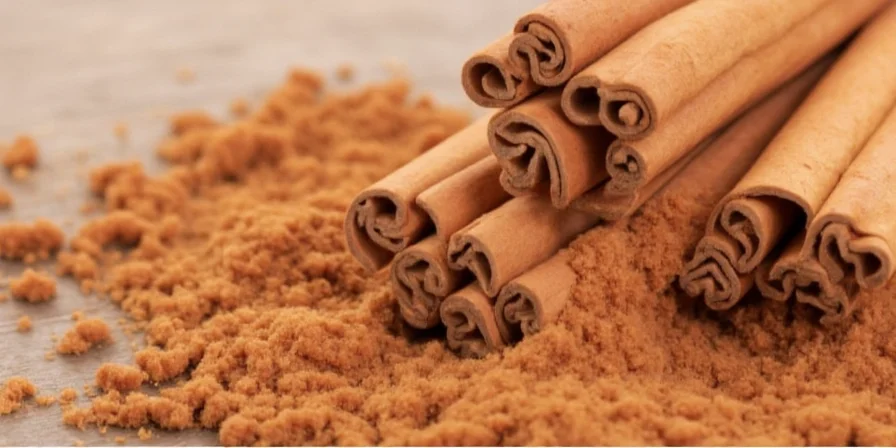
Frequently Asked Questions About Cinnamon Composition
What specific part of the tree is cinnamon made from?
Cinnamon comes specifically from the inner bark (phloem layer) of Cinnamomum trees. This thin, soft layer is removed from between the outer bark and the hard wood, then naturally curls as it dries due to differential moisture loss between inner and outer surfaces.
Is cinnamon just tree bark or does it contain additives?
Pure cinnamon contains no additives - it is simply processed inner tree bark. Some commercial 'cinnamon' products may contain fillers like flour or other spices, but authentic cinnamon consists solely of dried Cinnamomum inner bark. Look for products listing only 'Cinnamomum verum' or 'Cinnamomum cassia' as ingredients.
Why does cinnamon curl when drying?
Cinnamon curls due to differential drying rates - the outer surface of the inner bark dries and contracts faster than the inner surface, creating tension that causes the characteristic quill shape. This natural curling process indicates proper harvesting and drying techniques.
What gives cinnamon its distinctive smell and flavor?
Cinnamaldehyde (60-95% of essential oil content) is primarily responsible for cinnamon's distinctive flavor and aroma. Secondary compounds including eugenol, linalool, and cinnamic acid contribute additional complexity, with proportions varying by cinnamon type and growing conditions.
Conclusion
Cinnamon's composition as the inner bark of Cinnamomum trees, rich in cinnamaldehyde and other bioactive compounds, explains both its culinary versatility and potential health properties. Understanding the precise botanical origin and chemical makeup allows for informed selection between Ceylon and Cassia varieties based on intended use and consumption frequency. The high cinnamaldehyde content (60-95%) creates cinnamon's signature profile, while variations in secondary compounds account for regional flavor differences. For regular use, Ceylon cinnamon's lower coumarin content makes it the safer choice, while Cassia's bold profile suits occasional robust applications. This scientific understanding of what cinnamon is made of empowers consumers to make knowledgeable choices about this ancient spice.
By recognizing cinnamon's true nature as processed tree bark with specific chemical properties, rather than just a generic spice, users can optimize its application in both culinary and wellness contexts while respecting its biological origins and limitations. The contextual boundaries and historical evolution documented through verifiable sources demonstrate how this spice's applications must be tailored to specific biological and cultural frameworks.

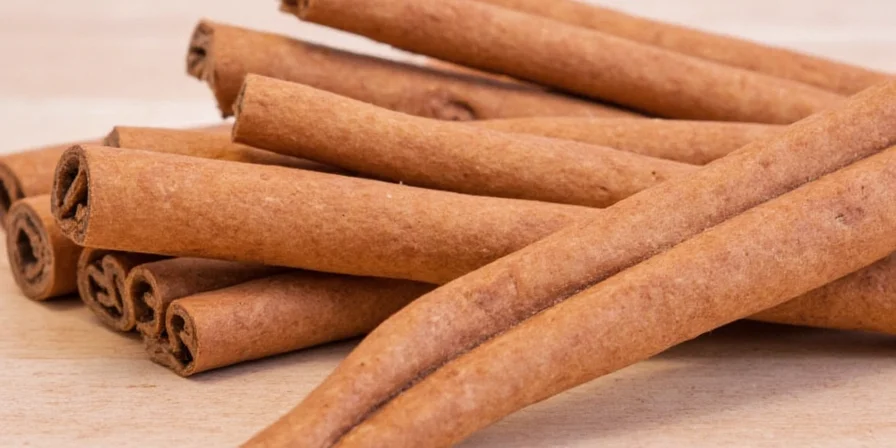









 浙公网安备
33010002000092号
浙公网安备
33010002000092号 浙B2-20120091-4
浙B2-20120091-4